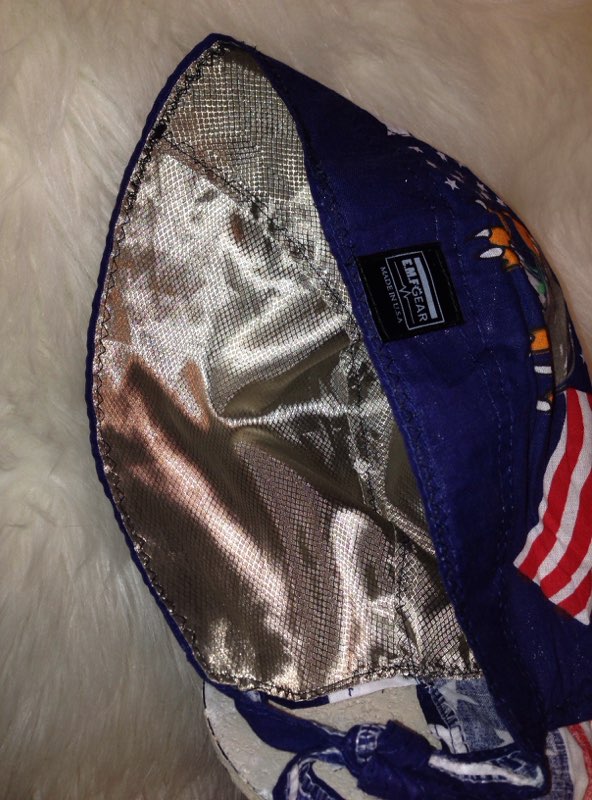The Faraday hat is an EMF protection hat that stops radio waves from getting transmitted into your brain. It is a tinfoil helmet that is typically used by those suffering from Electromagnetic Hypersensitivity (EHS).

The tin foil hat functions as a Faraday cage an enclosure that shields its interior from electrostatic charge and electromagnetic radiation by dispersing them along the exterior inside the cage.
What is the procedure? Faraday Cages Work
A Faraday cage can be described as a metal object that functions in the capacity of an electrical conductor. If faraday hats is brought into proximity to it free electrons within the material instantly align themselves and cancel out the charged field.
The efficiency of a Faraday cage depends on the design, dimensions, and choice of construction materials. Also, they must be groundable and have seams and gaps that are less than ideal.
The best Faraday cages are able to block static electric charges and electromagnetic waves, safeguarding researchers who conduct sensitive tests which are impeded by radiated radiation. MRI scanning rooms, for instance must be enclosed in a Faraday cage to stop electromagnetic waves from disrupting diagnostic imaging.
Despite their incredible efficacy, Faraday cages can be perfect. Electrons can still get through the Faraday cage, causing damage to electronics within. Have a peek here is why they're often employed in labs with high power to minimize interference and noise. They also offer protection against electromagnetic pulses (EMPs) that are high-energy weapons designed to neutralize electronic equipment.
The way Faraday Fabric Works
If it's radio waves wireless networks,, or other electromagnetic radiation sources Interference can render these connections insecure and disrupt the operation of devices. This is why many vital components are wrapped with protective materials such as copper foil to protect them.
However, these metal cages can be awkward and heavy. This is why researchers from Drexel University have developed a Faraday fabric that is flexible and durable, as well as washable.
The fabric is an 2D material known as MXene It is able to block almost all electromagnetic waves. In the near future, clothing made of this technology might be used to shield wearables from interference and individuals from harmful radiation.
Although this technology is currently in development It's an intriguing concept for clothing. The team is hoping that this fabric will lead to clothing with RF-blocking pockets, which will be useful for people who wish to keep their devices away from their head when using them. It could also prevent a common health concern that is brain tumors caused by radiation.
Faraday Cages Versus Faraday Fabric
If you're not aware of Faraday cages Here's how they function: When electromagnetic fields are brought into contact with conductors made of metal, such as aluminum mesh, it triggers the positive and negative particles to be separated. This distribution of charges blocks any electromagnetic waves that are brought through.
faraday cage hat lets utility workers be near power lines without the fear of electrocuting themselves. This also keeps military equipment and telecommunication devices safe from interference.
But, Faraday cages can be costly and not ideal for daily use. That's where Faraday fabric comes in.
Faraday Fabric Versus Tin Foil
If you've been exposed to Faraday cages you know that they're little more than a conductor that is all-encompassing that swerves electromagnetic radiation prior to it reaching sensitive electrical components contained within. This kind of shielding is also used in elevators, the scanning rooms that MRI machines are placed inside, "booster bags" that shoplifters utilize to bypass electronic security tags as well as inside your microwave at home.
However, can a tin foil cover truly be a Faraday cage?
To completely block radio waves the Faraday cage needs to be completely enclosed and sealed.
But a tin foil hat doesn't have the space to do that, which is why it can only block radiation.
Tin foil hats can amplify radio signals. They claim to accomplish this by making use of resonance.
